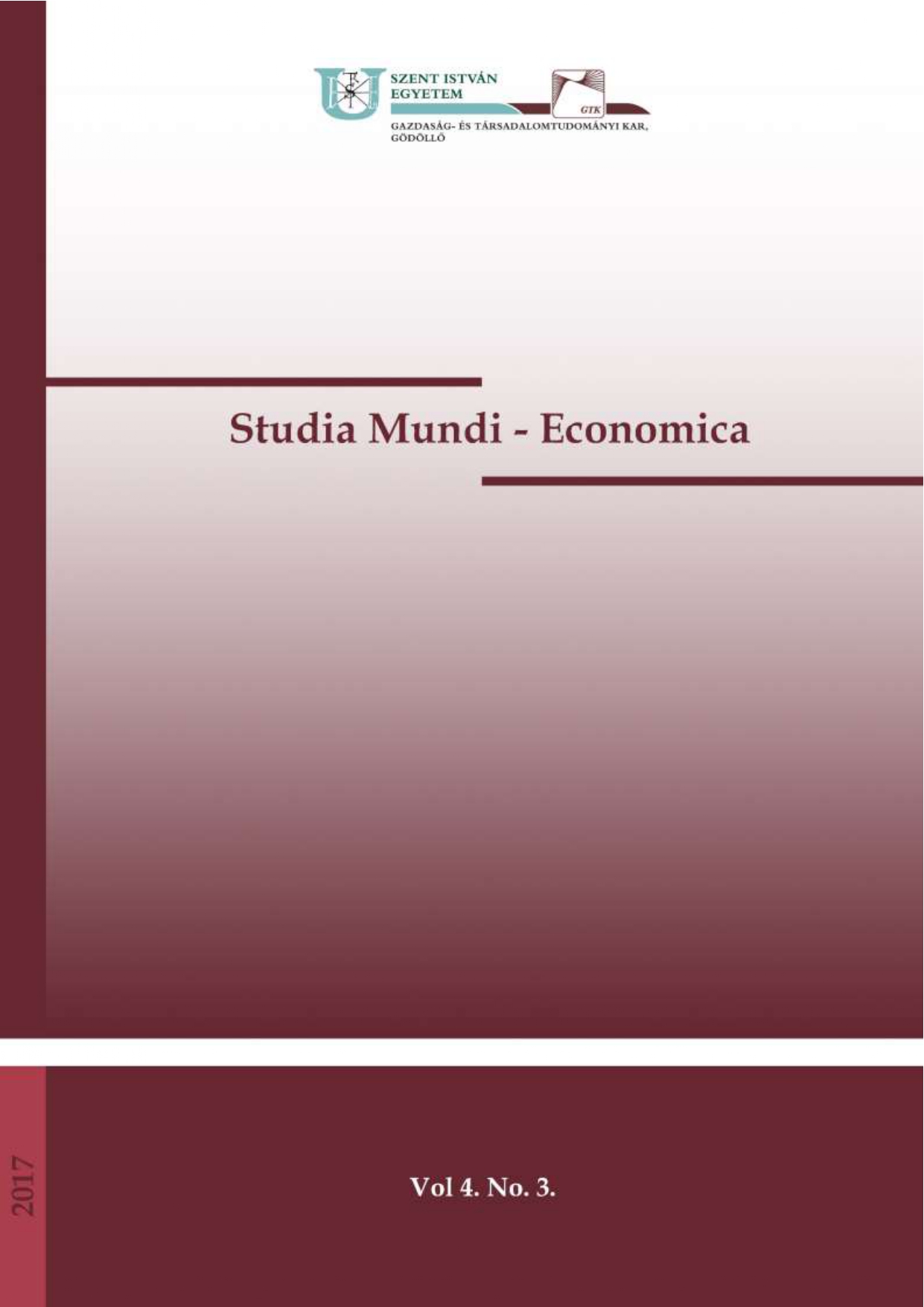The role of agriculture as an endogenous resource in local development through the example of Bátya village
DOI:
https://doi.org/10.18531/Studia.Mundi.2017.04.03.78-91Keywords:
helyi fejlesztés, mezőgazdaság, versenyképesség, vidékfejlesztésAbstract
The role of the endogenous resources in rural development has been emphasized by the literature. During a summer research camp, the role of agriculture as an endogenous competitive factor in rural development was analyzed in a traditionally agricultural rural village Bátya (Hungary). Bátya is very famous for as an origin of a Hungarian national value (Hungarikum) - the Kalocsa pepper spice. According to our results, on one hand - in spite of the general decreasing tendency of agricultural employment - both agricultural production and the Hungarikum product still play an important role in the life of the village. On the other hand, because of the “rural exodus” and the lack of young farmers carrying on agricultural traditions, the village has started to lose its most important competitive factor.
References
Áldorfai Gy. - Czabadai L.(2014): Helyi válaszok a globális kihívásokra. Acta Carolus Robertus 4 (2) 9-18. p.
Áldorfai Gy. - Topa Z. - Káposzta J. (2015): The planning of the Hungarián local development strategies by using clld approach. Acta Avada (2) 13-22. p.
Bakos I. M. - Topa Z. (2016): The Contribution of Local Food to Tourism in Hungary. Contemporary Research On Organization Management And Administration 4 (2) 63-74. p.
Chesire, P. C. (2003): Territorial competition: lessons for (innovation) policy. In: Bröcker J. - Dohse, D. - Soltwedel, R (Eds.): Innovation clusters and interregional competition. Heidelberg: Springer. 331-346. p.
Fehér Z. (2013): „Sürgősen eladó háromszáz négyszögöl termőföld…”. Egy sárközi kertészkedő falu népének és földjének helyzete a téeszvilág után. Hitel 26. (2) 195-221. p.
Horváth Gy. (Szerk.) (2006): Régiók és települések versenyképessége. Pécs: MTA RKK
Kopasz M. (2005): Multifuncionális mezőgazdaság az EU törekvéseinek összhangjában. A Falu (1) 51-60. p.
Kulcsár L. (Szerk.) (2006): Vidékfejlesztés. Gödöllő: SZIE
Lengyel I. (2003): Verseny és területi fejlődés: térségek versenyképessége Magyarországon. Szeged: JATEPress
Lukovics M. - Kovács P. (2008): Eljárás a területi versenyképesség mérésére. Területi Statisztika (3) 245-263. p.
Madarász I. (2004): A vidék funkciói az Európai Unióban. A Falu (4) 35-43. p.
Moseley, M. J. (2003): Rural Development Principles and Practice. London: Sage
Nagy A. - Virág Á. (2014): Destination management in Hungary. Vestnik Apk Stavropolya / Agricultural Bulletin Of Stavropol Region 1 (1) 41-44. p.
Nagy H. - Tóth T. - Oláh I. (2012): The role of local markets in the sustainable economic development of Hungarian rural areas. Visegrad Journal On Bioeconomy And Sustainable Development 1 (1) 27-31. p.
Ploeg, J. D. van der - Dijk, G. van (szerk.) (1995): Beyond Modernization: The Impact of Endogenous Rural Development. Assen, The Netherlands: Van Gorcum
Tóth T. - Káposzta J. (szerk.)(2014): Tervezési módszerek és eljárások a vidékfejlesztésben (elmélet) Gödöllő: Szent István Egyetemi Kiadó
Downloads
Published
Issue
Section
License
Copyright (c) 2017 Ritter Krisztián, Áldorfainé Czabadai Lilla, Áldorfai György

This work is licensed under a Creative Commons Attribution-NonCommercial-NoDerivatives 4.0 International License.
A folyóirat Open Access (Gold). Cikkeire a Creative Commons 4.0 standard licenc alábbi típusa vonatkozik: CC-BY-NC-ND-4.0. Ennek értelmében a mű szabadon másolható, terjeszthető, bemutatható és előadható, azonban nem használható fel kereskedelmi célokra (NC), továbbá nem módosítható és nem készíthető belőle átdolgozás, származékos mű (ND). A licenc alapján a szerző vagy a jogosult által meghatározott módon fel kell tüntetni a szerző nevét és a szerzői mű címét (BY).






